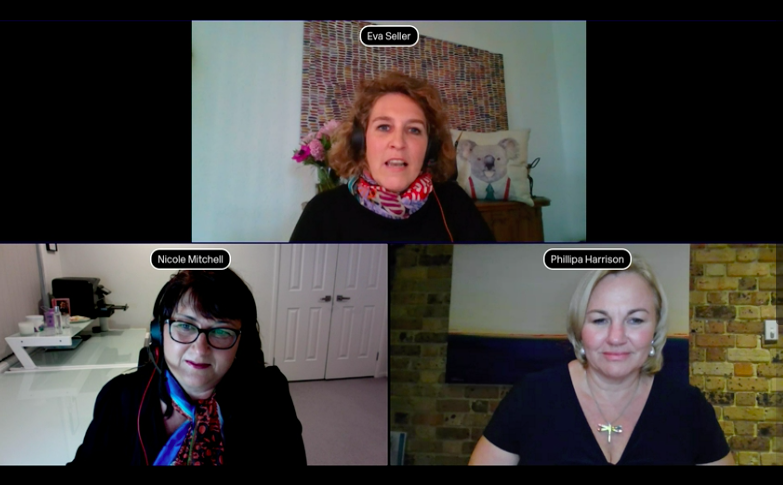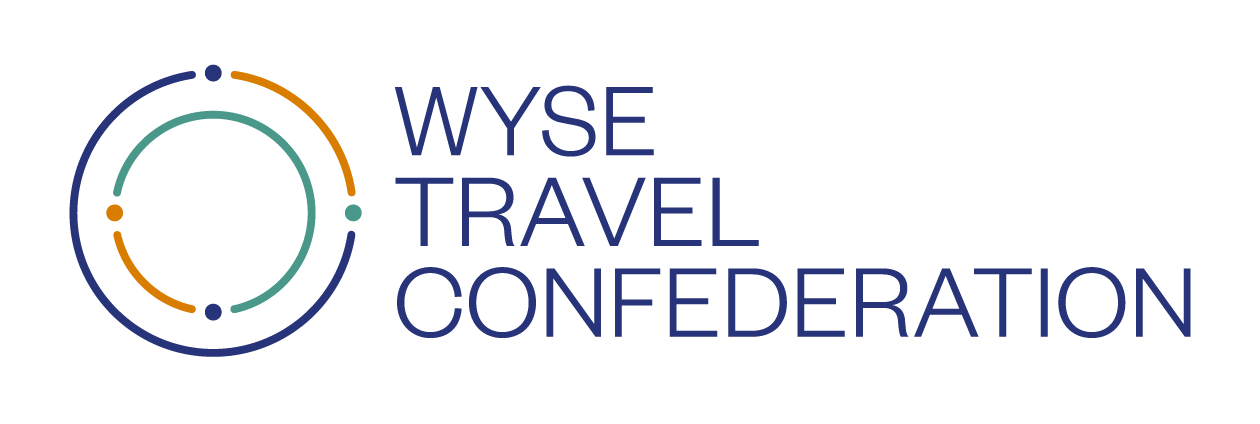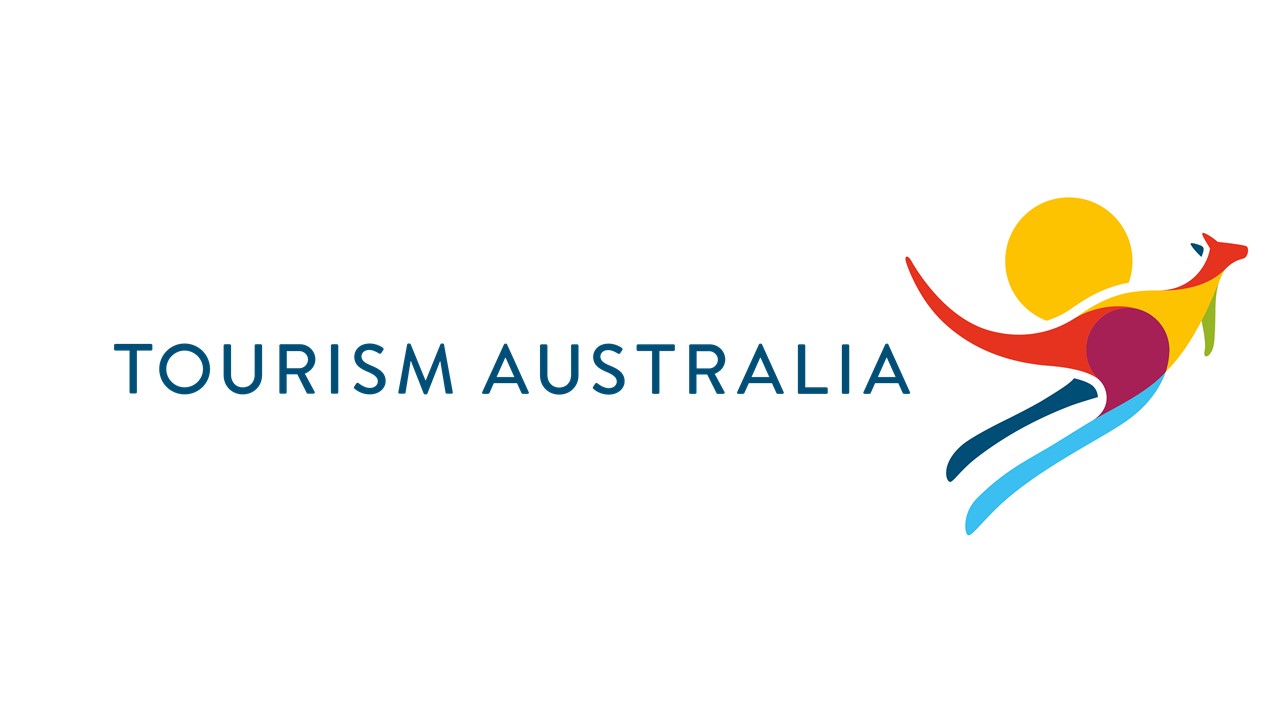News
Manchester, United Kingdom — 22-25 September 2009WYSE Archives
![]()
Recovery and outlook with Tourism Australia: ITB Berlin NOW day three
On the third day of ITB Berlin NOW, WYSE Travel Confederation member Tourism Australia provided an update on the state of tourism in Australia and the future outlook.
“At the end of 2019, we were in a golden age of tourism, with a record number of arrivals,” said Phillipa Harrison, Managing Director of Tourism Australia. “In fact, Australia was number one in terms of average spend per customer globally.” The country had a rocky start to 2020, as the bushfires wreaked havoc and impacted the image of Australia and the tourism market. COVID-19 then hit, and in March the country closed its borders to the world.
The health and safety of the people has been the priority in the government’s response to the pandemic, and the quick lockdown of Australia has kept Coronavirus cases low. Aside from social distancing and masks, the population is now living relatively normally and the economy is fairly stable.

(L-R) Eva Seller, Regional General Manager Continental Europe, Nicole Mitchell, Global Project Executive, Experiences and Phillipa Harrison, Managing Director, Tourism Australia.
Outlook on recovery, international tourism and post-pandemic trends
To aid recovery, Australia is continuing to focus on domestic tourism. Although the frequent interstate border closures have hurt consumer confidence, as cases decrease and cross-state travel is allowed, the demand for domestic tourism is ramping up once more. “Tourism is actually doing well in some parts; areas within one to five hours of an urban centre have been busier than ever,” said Phillipa. Not unexpectedly, it is the cities that are suffering the most, running at 20-30% occupancy and experiences geared toward an international audience at a standstill.
On a positive note, the vaccination programme has started and the projection is for the population to be vaccinated by October 2021. Only after this will Australia start to reopen borders to international travellers, in a slow and staggered approach. Phillipa outlined that there will be a focus on opening to long-stay cohorts prepared to quarantine, such as Working Holiday Makers and students.
There is also an opportunity for Australia to attract visitors once it opens its borders. “The traditional barriers of cost and distance that apply to travelling to Australia are changing,” Phillipa said. The wide-open spaces and sparse population, coupled with the positive image of how the country has responded to the pandemic, are raising its value in the eyes of travellers. “Australia is now perceived as the safest destination in the world,” Phillipa added.
In line with trends heard throughout ITB Berlin NOW, Tourism Australia foresees that conscious travel will be of high importance to consumers as the pandemic subsides. Research carried out by the organisation found that 74% of those surveyed are now actively seeking travel that gives back to a destination, and two thirds are looking for travel choices that support the recovery of the destination.
With that in mind, Phillipa concluded by stating that Tourism Australia will focus on sustainability and encouraging best practice to rebuild the industry. This includes being committed to increasing awareness of the local activities that Australia has to offer, such as indigenous experiences, to mold the next chapter of the Tourism Australia brand story.
Join WYSE Travel Confederation
If you’d like to join WYSE Travel Confederation and benefit from new connections, free access to industry research, informative webinar sessions, discounts on industry events and brand exposure within the youth and student travel industry, click below to view our membership options and find out more.

